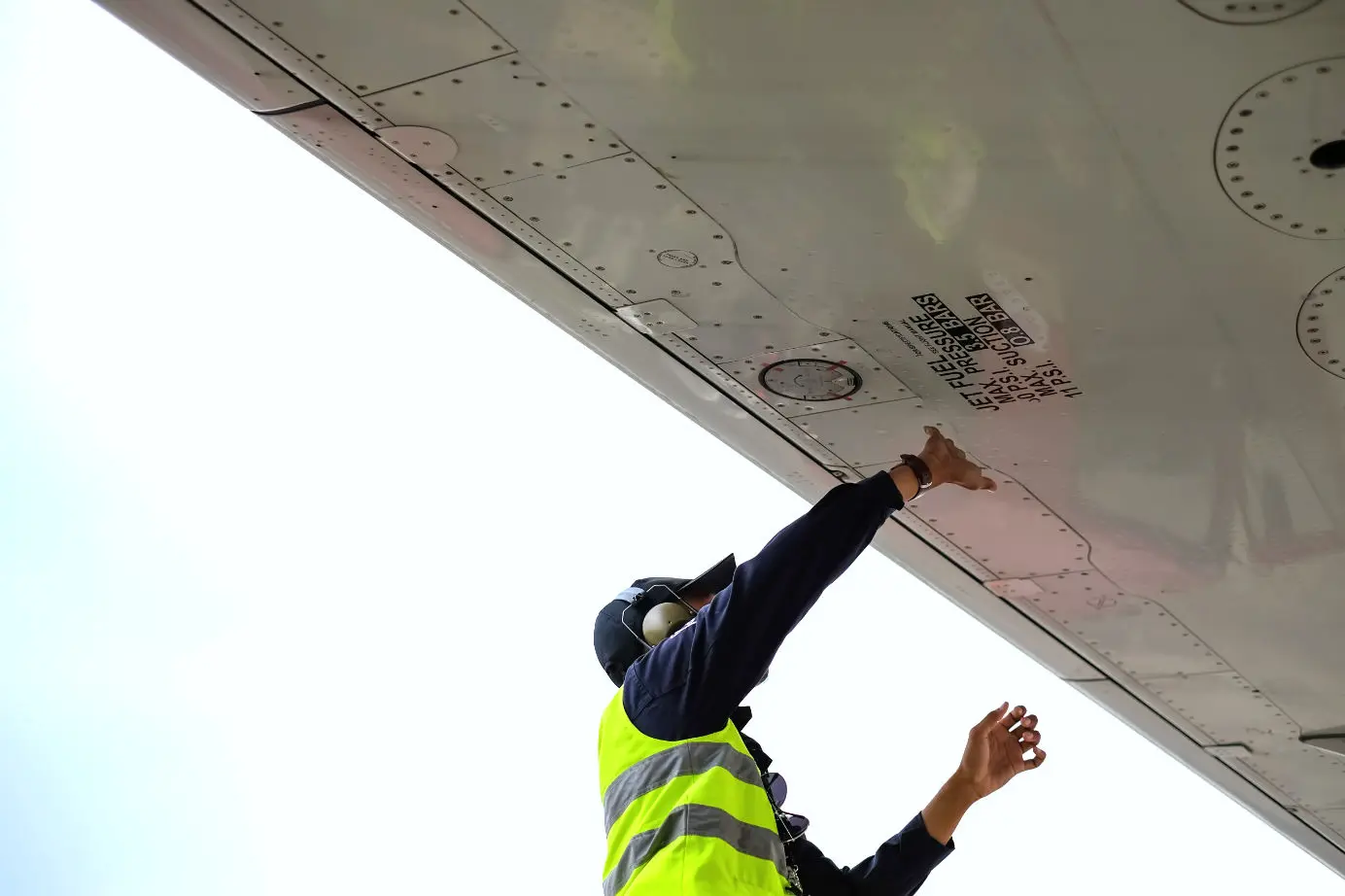
Do Planes Carry Extra Fuel and Why?
Learn about the practice of planes carrying extra fuel and the reasons behind it. Discover how this safety measure ensures a smooth and secure journey for passengers.
Table of Contents
Have you ever wondered why airplanes seem to carry so much fuel when they take off for a flight? Do planes carry extra fuel beyond what is needed to reach their destination?
Planes carry extra fuel for several reasons. Safety measures and regulations necessitate additional fuel to be carried for instances like unexpected weather changes, air traffic delays, or unplanned diversions to alternative airports.
In this blog post, we will explore the reasons behind why planes carry extra fuel and the factors that influence this decision.
Understanding the Basics of Airplane Fuel Requirements
Calculating the fuel necessary for an airplane's journey is a complex process that hinges on a multitude of variables. The distance the aircraft must travel is the most straightforward of these, but it's far from the only consideration. The total weight of the plane, which includes passengers, cargo, and the aircraft itself, significantly influences fuel consumption rates. Weather conditions play a crucial role as well; headwinds can increase fuel usage, while tailwinds may decrease it. Additionally, air traffic, which might necessitate flying at lower than optimal altitudes or taking longer routes to avoid congestion, also affects the amount of fuel needed.
Airline dispatch teams, comprised of experienced professionals, use sophisticated software to analyze these factors and calculate the precise amount of fuel required for each flight. This calculation ensures not only that the aircraft can reach its destination but also that it can do so efficiently, optimizing fuel consumption to minimize costs and environmental impact.
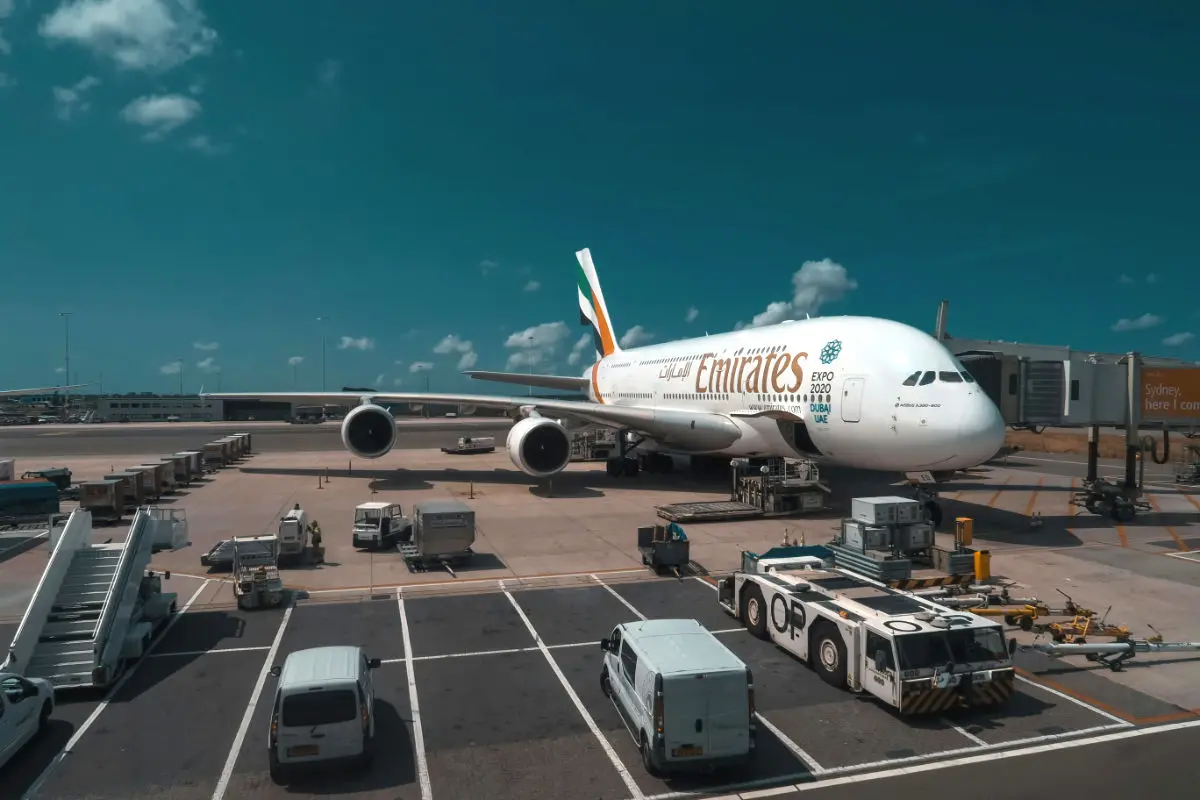
However, the calculated fuel requirement is just the starting point. On top of this, airlines add safety margins and emergency reserves, which are calculated separately, to address any unexpected developments during the flight. The precision with which these fuel requirements are determined is a testament to the aviation industry's commitment to safety, efficiency, and reliability. This meticulous planning process underscores the complexity and importance of fuel management in ensuring successful and secure flights.
Safety Margins and Emergency Reserves
Every flight plan includes not only the fuel needed to reach the scheduled destination but also additional amounts categorized as safety margins and emergency reserves. These extra fuel allocations are meticulously calculated to mitigate various in-flight uncertainties and ensure the highest levels of safety. Safety margins cater to unforeseen events such as unexpected weather changes, air traffic delays, or the need to navigate around congested areas or obstacles that necessitate a longer flight path than initially planned. Essentially, this segment of fuel serves as a buffer, offering flexibility and peace of mind for pilots and passengers alike.
Emergency reserves, on the other hand, are strictly designated for scenarios that require a diversion to an alternate airport. This could be due to a range of issues, from sudden weather deterioration at the destination airport to unexpected operational disruptions. Having this reserve means that in the event of such a diversion, the aircraft can circle the alternate airport for a specified duration, typically 30 to 45 minutes, before landing, ensuring it can safely wait for clearance without the risk of fuel exhaustion.
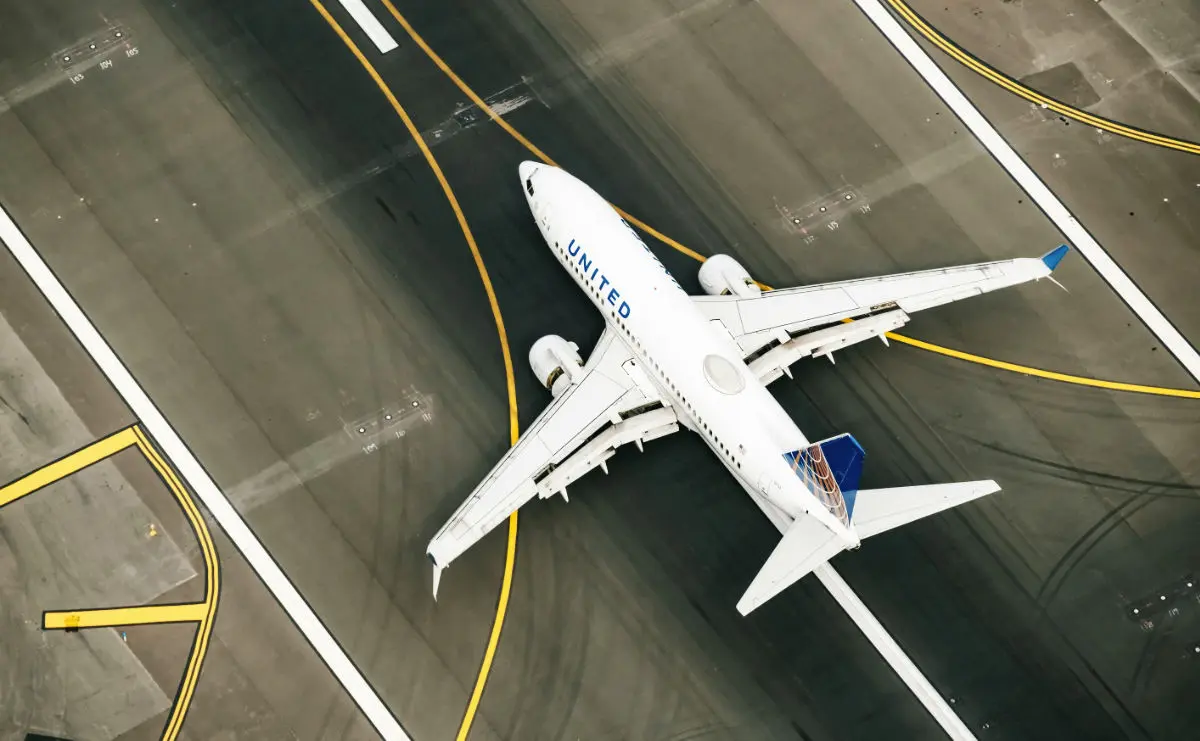
These provisions, though seemingly conservative, are crucial for maintaining safety standards. They are not arbitrary figures but are carefully derived based on regulatory guidelines, the specifics of the flight path, aircraft performance data, and historical information on weather patterns and air traffic. By incorporating these safety measures, airlines demonstrate a commitment to passenger safety, operational reliability, and preparedness for the unexpected. This strategic approach to fuel management plays a vital role in the aviation industry's exemplary safety record, allowing for the safe handling of the myriad variables that can affect a flight.
Factors Influencing Extra Fuel Decisions
The decision-making process behind how much extra fuel an airplane should carry for a flight is influenced by a variety of key considerations, each playing a crucial role in ensuring the flight’s safety and efficiency. Regulatory mandates by aviation authorities provide a baseline for the minimum fuel reserves required. These regulations ensure that all flights carry enough fuel to handle unforeseen circumstances, but they are just the foundation of the fuel planning process.
Route-specific conditions, such as the likelihood of encountering adverse weather, the availability of alternate airports, and the potential for air traffic congestion, require detailed analysis. For routes over oceans or remote areas, the need for extra fuel might be greater due to the limited options for emergency landings.
The aircraft’s fuel efficiency is another significant factor. Newer models with improved fuel efficiency may require less extra fuel than older models, impacting how airlines calculate their fuel needs. Airlines also factor in the possibility of operational delays, both on the ground and in the air, which could necessitate additional fuel to ensure the aircraft can remain airborne for longer if needed.
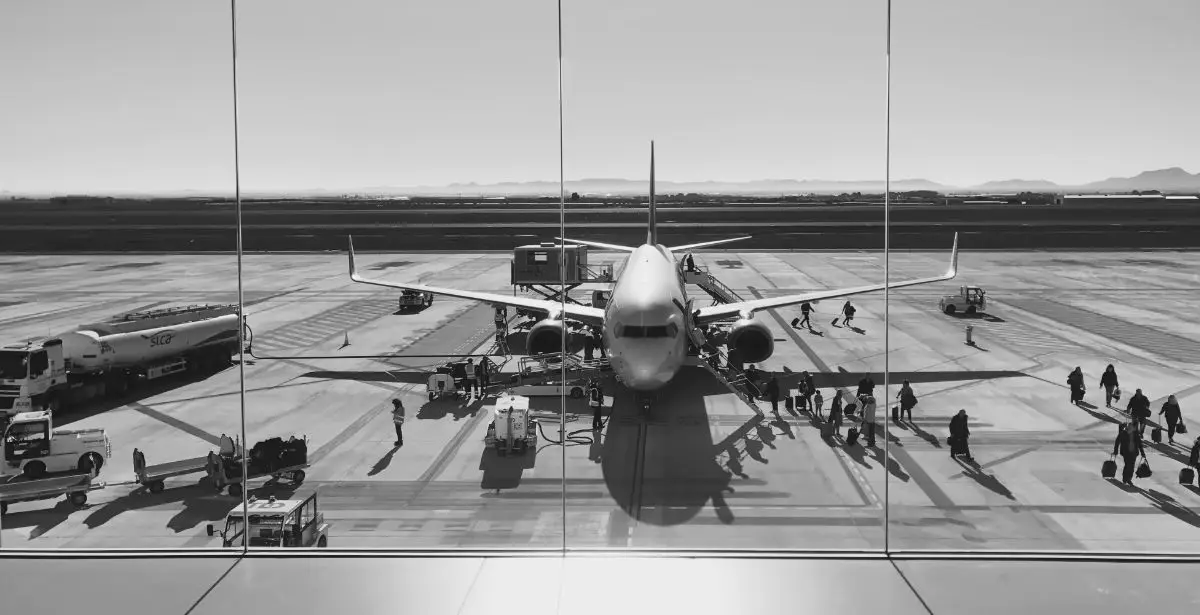
Lastly, the operational philosophy of the airline regarding risk management and cost control can influence extra fuel decisions. While all airlines operate within the safety regulations, some may choose to carry slightly more extra fuel as a precautionary measure against their specific risk assessments, balancing the additional costs against the potential for operational disruptions. This intricate process showcases the careful consideration airlines put into fuel management to maintain safety, reliability, and operational efficiency.
The Economic and Environmental Impact of Carrying Extra Fuel
The necessity of carrying extra fuel, while rooted in safety and operational reliability, has notable economic and environmental ramifications. On the economic front, the added weight of additional fuel means that aircraft burn more fuel overall, leading to increased fuel costs for airlines. This is a significant consideration, as fuel expenses represent a large portion of an airline's operational costs. Airlines, therefore, face the challenge of carefully calculating how much extra fuel to carry to ensure safety without unduly inflating costs.
From an environmental perspective, the additional fuel burn required by the extra weight contributes to higher carbon emissions. Aviation is a significant source of carbon dioxide (CO2) emissions globally, and the industry is under increasing pressure to reduce its environmental footprint. The balance between ensuring flight safety through carrying extra fuel and minimizing environmental impact is a complex issue. Innovations in aircraft design, improvements in fuel efficiency, and advancements in flight planning software are among the strategies being employed to address this challenge.
Airlines also explore alternative methods to mitigate the environmental impact, such as investing in more fuel-efficient aircraft, adopting more direct flight routes where possible, and participating in carbon offsetting programs. These efforts are part of a broader industry-wide commitment to achieving carbon-neutral growth and reducing aviation's contribution to global climate change. The dialogue between safety, economic viability, and environmental stewardship continues to shape how airlines manage the decision to carry extra fuel on each flight.
Real-World Scenarios: When Extra Fuel Made a Difference
Throughout aviation history, carrying extra fuel has proven to be a lifesaver in numerous situations. One notable example is when flights have faced unexpected weather conditions, such as sudden storms or volcanic ash clouds, that necessitate diversions far from planned routes. Pilots, relying on the extra fuel, were able to navigate to safer airports, avoiding potential disasters.
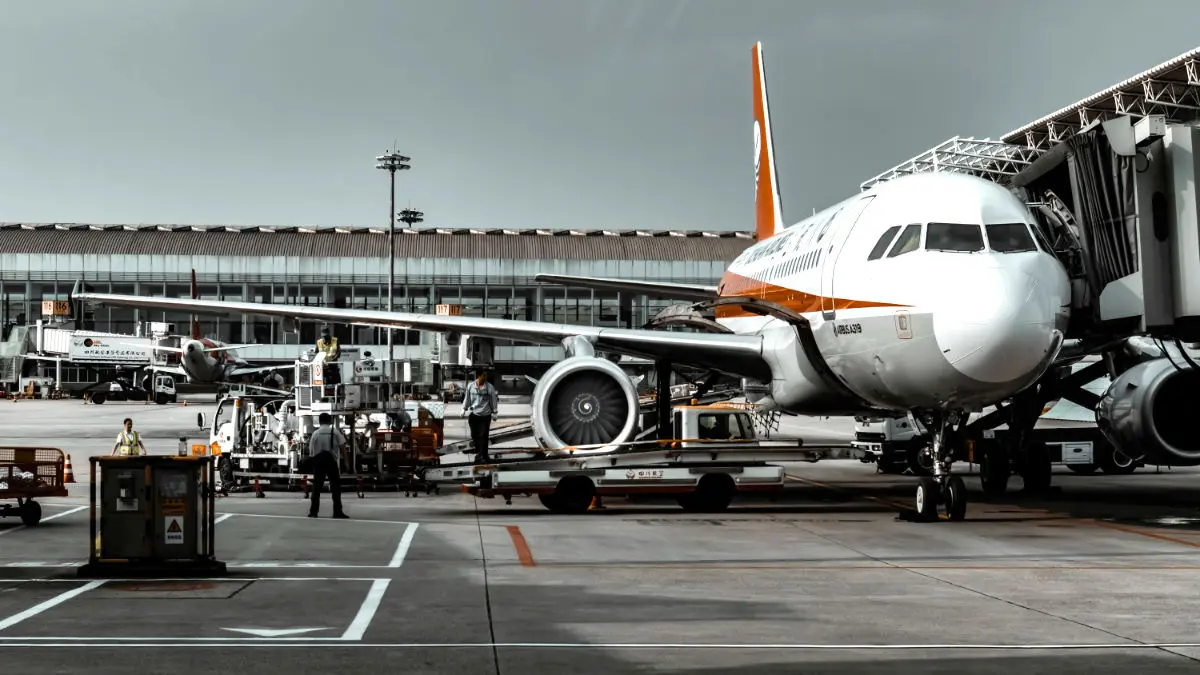
Another scenario where the value of extra fuel becomes evident is during technical malfunctions. Aircraft experiencing mechanical issues might need to circle an airport while waiting for clearance to land or troubleshooting the problem, requiring more fuel than initially anticipated for the journey.
In May 2024, flights bound for Brisbane, Australia - a busy international hub - found their destination enveloped in fog, reducing visibility to below landing minimums. Thanks to the extra fuel, the flights diverted to an alternate airport more than 500 miles away, landing safely without causing distress to passengers or risking fuel starvation.
There have also been cases where air traffic congestion forced planes to remain airborne significantly longer than planned. In such instances, the additional fuel reserve meant that pilots had the flexibility to manage the delay without compromising on safety margins.
These real-world examples underscore the critical role that extra fuel plays in aviation safety. It offers more than just a buffer for the unexpected; it provides a vital resource that pilots can draw upon to ensure the safety of everyone on board, demonstrating the importance of meticulous planning and foresight in aviation operations.
Summary
In essence, the inclusion of extra fuel on aircraft is a strategic measure taken to enhance safety, accommodate emergencies, and manage the unpredictable nature of air travel. Factors such as regulatory guidelines, specific route challenges, aircraft performance, and an airline's approach to risk and cost management play pivotal roles in determining the quantity of extra fuel carried on a flight.
While this practice has implications for both operating costs and environmental impact, it remains a critical aspect of ensuring the highest standards of safety and operational efficiency in the aviation sector.
The presence of additional fuel serves as a reassurance that, regardless of unforeseen events or challenges, the safety and well-being of passengers and crew remain the utmost priority. This thoughtful and meticulous approach to fuel management underscores the aviation industry's commitment to safe, reliable, and sustainable air travel.
Also read:
Planenerd Newsletter
Join the newsletter to receive the latest updates in your inbox.






